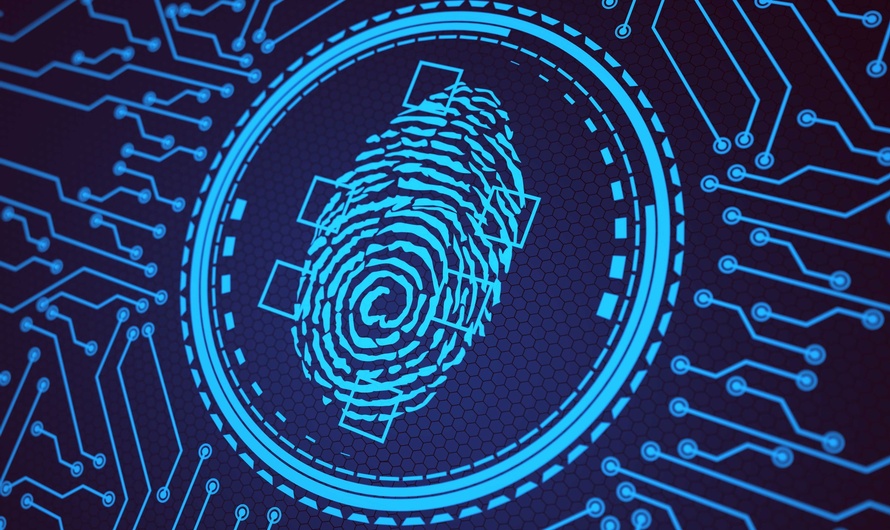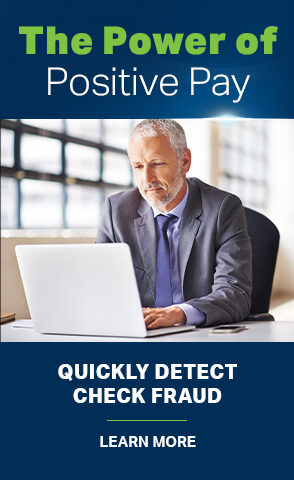10 Tips to Protect Yourself from Identity Theft

When thieves hacked into the Experian and Yahoo databases a few years ago, millions of identities were compromised. Unfortunately, there’s not much an individual can do to prevent that kind of corporate data breach. However, there are steps you can put in place today to protect yourself.
Tip #1 — Shred Documents
Trash cans are easy targets for thieves looking for account numbers, birth dates, addresses, phone numbers, and other personal information. The more information they can collect, the more likely you’ll become a victim. Invest in a shredder. They’re a cheap and effective deterrent.
Tip #2 — Protect Your Social Security Number
Your social security number is pure gold to identity thieves. Don’t carry your card in your wallet or volunteer the information to unknown sources. Try not to send it to anyone through email. You never know if someone can intercept it.
Tip #3 — Protect Your Credit Cards
Don’t enter a PIN if anyone is standing close enough to see it. Ask them to move back. If they refuse, leave if you can, or lean over the device and shield the keypad with your body. You can also increase security by writing CID in the signature block of the card. It’s an instruction to the merchant to “See ID” before processing a transaction.
Tip #4 — Password Protect Your Devices
Protect your devices from prying eyes. You don’t want to make it easy for someone to gain access to your phone or computer. Use a strong password or fingerprint/retinal/facial verification.
Tip #5 — Don’t Click on Links From Unknown Sources
If you don’t know who is emailing you a link, don’t click on it. Fake links are an easy way for a hacker to upload a virus to your computer. A keylogger is a nasty virus that tracks users’ keystrokes, including usernames and passwords.
Tip #6 — Have the Post Office Hold Your MailIf you will be away from home for more than 24 hours and don’t have a locked mailbox, have the post office hold your mail. Your mailbox is a treasure trove for identity thieves.
Tip #7 — Check Your Bank Statements
Many bank statements are electronic and require the account holder to log in. It might not always be convenient but take the time to do it. There may be suspicious charges that you’ll need to investigate.
Tip #8 — Check Your Credit Report
In the United States, individuals can check their credit reports for free once a year from each credit bureau. Go to the government-sanctioned annualcreditreport.com website and request an Equifax, Experian, or TransUnion report. The information can differ slightly among the three, so access one every four months. You need to pay if you also wish to retrieve your credit score.
Tip #9 — Get a Credit Card That Monitors Your Accounts for Free
Find a credit card that displays your credit score in your online account and notifies you if a new creditor has appeared on your credit report. It could be your new car loan, or it might be an unauthorized account opened in your name using stolen information.
Tip #10 — Pay for an Identity Monitoring Service
Ideally, a monitoring service can detect suspicious information from various sources, including requests for cash checking, new utilities, and a change of address. Do your research and select one that best meets your needs.
It’s vital to protect your identity. Unauthorized charges can ruin your credit score and take a long time to correct. Some lenders may have a relatively short window in which to dispute information. Check your statements and notify them immediately if you think there’s an error.






